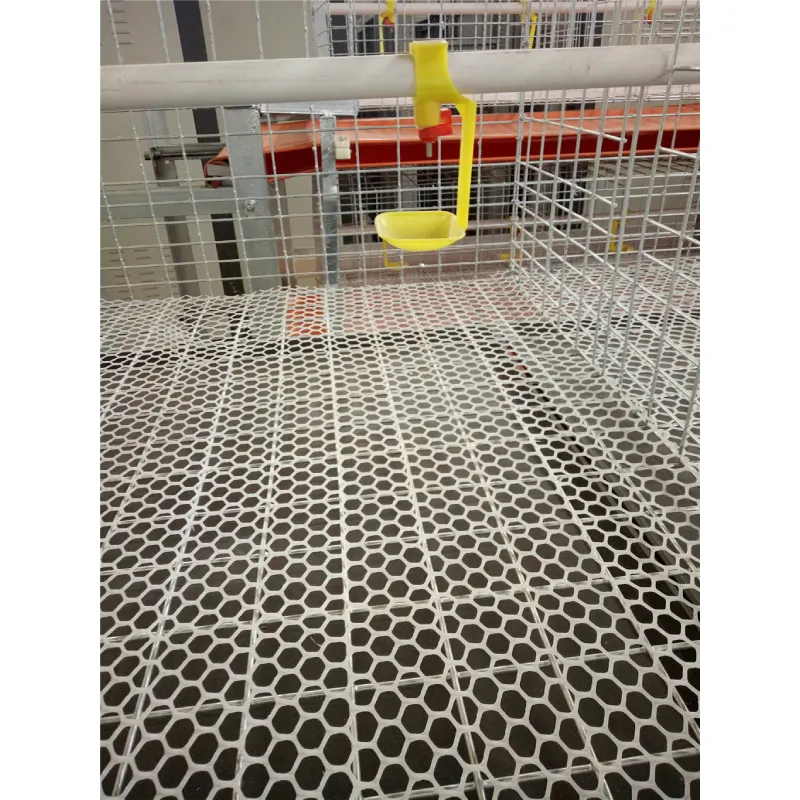feed pellet machine
nóv . 19, 2024 19:59 Back to list
feed pellet machine
Understanding Feed Pellet Machines A Comprehensive Overview
In recent years, the demand for high-quality animal feed has surged globally, driven by the growing livestock industry and the need for efficient farming practices. To meet these needs, feed pellet machines have emerged as indispensable tools within agricultural operations, transforming raw materials into nutritious pellets that promote healthier animal growth. This article will explore the features, benefits, and operational aspects of feed pellet machines, providing insights for farmers and producers looking to optimize their feed production.
What is a Feed Pellet Machine?
A feed pellet machine is an agricultural device designed to compress and mold raw ingredients into pellet form. These machines utilize a combination of heat, pressure, and moisture to facilitate the pelleting process, resulting in dense and uniform pellets that are easier to store, transport, and feed to livestock. Common raw materials include grains, legumes, vitamins, and minerals, which are formulated based on the nutritional requirements of different animals, such as poultry, cattle, and aquaculture species.
Key Features of Feed Pellet Machines
Modern feed pellet machines come equipped with various features that enhance their efficiency and effectiveness
1. Durable Construction High-quality machines are often built from robust materials that endure the wear and tear of processing feed on a large scale. Stainless steel and other corrosion-resistant materials are commonly used.
2. Adjustable Pellet Size Most feed pellet machines allow farmers to adjust the diameter of the pellets based on the specific needs of the livestock. This feature is crucial, as different species and ages of animals have varying dietary requirements.
3. Energy Efficiency With advancements in technology, many feed pellet machines are designed to minimize energy consumption while maximizing output, reducing operational costs for farmers.
4. User-Friendly Controls Many modern machines feature intuitive controls that simplify the operation process. This allows even operators with limited experience to efficiently produce quality feed pellets.
5. Multi-functionality Some machines can handle a wide range of raw materials, making them versatile tools for various types of feed production, including both livestock and aquaculture feeds.
Benefits of Using Feed Pellet Machines
feed pellet machine

Utilizing feed pellet machines offers several advantages to farmers and feed producers
1. Nutritional Value Pelleting can enhance the digestibility and nutritional value of animal feed. The high temperature during the pelleting process helps to reduce anti-nutritional factors and destroy pathogens, resulting in safer, more nutritious feed options.
2. Reduced Waste Pellets reduce feed wastage significantly, as they are less likely to be spread out or discarded compared to loose powders or grains. This efficiency is especially vital in farm settings where minimizing feed costs directly affects profit margins.
3. Improved Feed Storage Pelleted feed takes up less volume than bulk feed ingredients, making storage and transport easier and more cost-effective. Pellets also have a longer shelf life due to reduced moisture content.
4. Convenience Pellet feeding systems can automate the feeding process, allowing farmers to save labor and ensure that livestock receive consistent, portion-controlled diets.
Operational Considerations
Operating a feed pellet machine requires attention to several factors to ensure optimal performance
- Raw Material Quality The quality of the materials used directly impacts the final product. Ensuring that raw ingredients are fresh and properly processed is crucial for producing high-quality pellets.
- Correct Settings It’s essential to adjust the machine’s settings—such as temperature, pressure, and moisture content—based on the type of feed being produced. This adaptability ensures the best results and preserves the nutritional integrity of the feed.
- Regular Maintenance Routine checks and maintenance of the machine are necessary to prevent breakdowns and prolong its lifespan. This includes cleaning, lubrication, and inspection of wear parts.
Conclusion
Feed pellet machines play a vital role in the agricultural sector, providing solutions that contribute to efficient and sustainable animal husbandry. By transforming raw feed materials into high-quality pellets, these machines not only enhance animal nutrition but also streamline feed production processes. As the demand for efficient feeding methods continues to grow, investing in a reliable feed pellet machine could significantly benefit farmers and producers alike, leading to healthier livestock and improved productivity.
-
Automatic Feeding Line System - Anping County Yize Metal Products Co., Ltd.|Pan Feeder, Nipple Drinker
NewsJul.30,2025
-
Automatic Feeding Line System-Poultry Farming|Chicken Feeding&Watering
NewsJul.30,2025
-
Automatic Feeding Line System - Anping County Yize Metal Products Co., Ltd.|Pan Feeder Nipple Drinker,Broiler Farming
NewsJul.30,2025
-
Automatic Feeding Line System Pan Feeder Nipple Drinker-Anping County Yize Metal Products Co., Ltd.
NewsJul.30,2025
-
Automatic Feeding Line System-Anping County Yize Metal Products Co., Ltd.|Durable Construction&Easy Maintenance
NewsJul.30,2025
-
Automatic Feeding Line System-Anping County Yize Metal Products Co., Ltd.|Pan Feeder Nipple Drinker&Durable Poultry Farming Solution
NewsJul.30,2025






